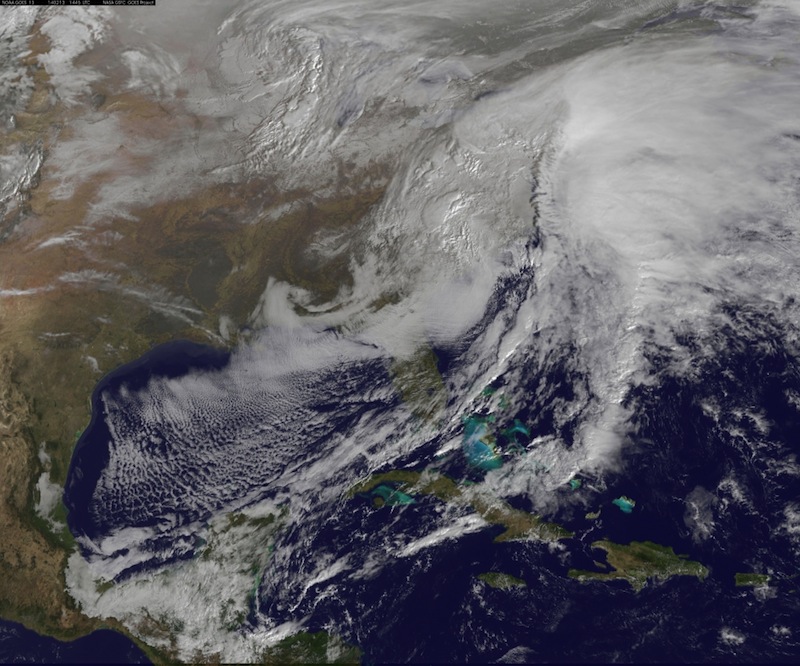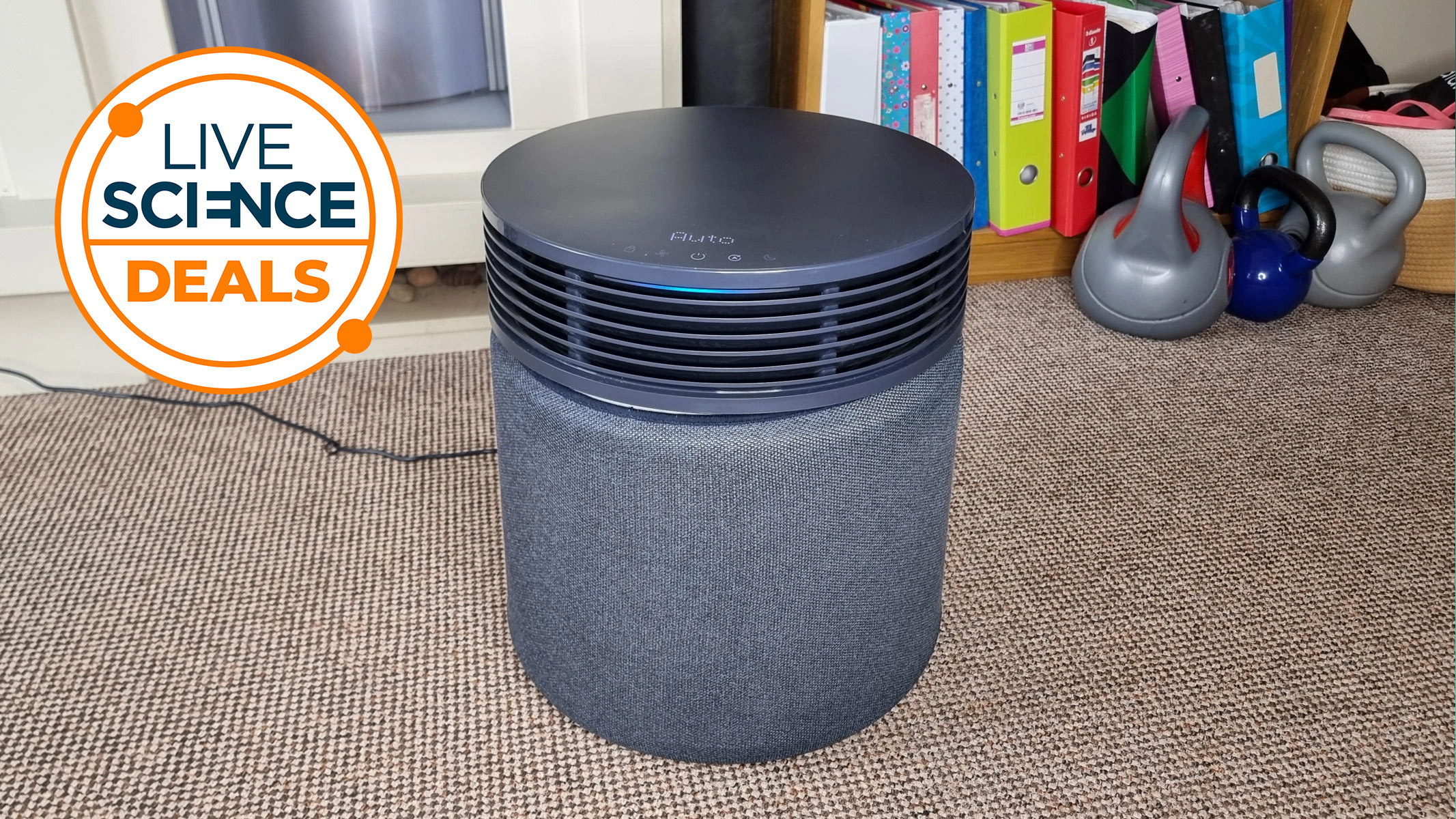Why the South's Ice Storm Was So Destructive

A treacherous winter storm that is sweeping across the southeastern United States has dumped snow, sleet and freezing rain over a region stretching from the Texas Gulf Coast to the Carolinas. As the storm moves into the Northeast, the icy blast is leaving a trail of destruction, with downed trees and power lines leaving hundreds of thousands of people without power in parts of Georgia and South Carolina.
As of this morning (Feb. 13), the National Weather Service (NWS) reported about an inch of ice accumulation from central Georgia into South Carolina. The harsh conditions are wreaking havoc on infrastructure, with nearly 230,000 homes and businesses in Georgia currently without power, according to Reuters.
Meteorologists say the worst is now over for the South, but lingering ice, particularly on tree branches and power lines, could exacerbate recovery efforts, said NWS spokesman Chris Vaccaro. [Massive Winter Storm 'Pax' Seen From Space | Time-Lapse Video]
"Precipitation that is able to accumulate on surfaces and objects, such as trees, power lines and flat roofs, adds tremendous weight and that's where the problems begin," Vaccaro told Live Science in an email.
This is because the type of precipitation that accumulated over the South was a mix of snow, sleet and freezing rain.
"'Wet' snow, which is snow that falls amid air temperatures around or above freezing, has a higher water content and can stick to trees, causing them to bend and break under the added weight," Vaccaro explained. "A large amount of wet snow that accumulates on a flat surface, such as a roof, can cause a structural failure. This is unlike light, powdery snow that has a lower water content and primarily accumulates on the ground instead of sticking to and stacking up on more fragile surfaces."
Freezing rain, which is precipitation that falls as rain but freezes on contact, can also build up on trees and power lines, but is particularly troublesome because it makes roads extremely dangerous, said Bernie Rayno, senior meteorologist for AccuWeather, which provides content to Live Science.
Get the world’s most fascinating discoveries delivered straight to your inbox.
"The real problem in the South yesterday was many places had freezing rain, and when you look at winter precipitation, none of them are great for travel, but freezing rain is the worst," Rayno told Live Science.
Temperatures in the Southeast are expected to warm up this afternoon, which should help melt some of the ice, but forecasts indicate that conditions could fall below freezing again tonight, Rayno said.
"The big thing for getting rid of the ice will be to melt it during the day with temperatures above freezing," he said.
In the meantime, the winter storm has moved into the Northeast, and is walloping cities along the East Coast with snow, sleet and rain. In coastal areas, the snow is expected to turn into rain over the course of the day, but sleet and freezing rain is possible during the transition, according to the NWS.
Follow Denise Chow on Twitter @denisechow. Follow Live Science @livescience, Facebook & Google+. Original article on Live Science.

Denise Chow was the assistant managing editor at Live Science before moving to NBC News as a science reporter, where she focuses on general science and climate change. Before joining the Live Science team in 2013, she spent two years as a staff writer for Space.com, writing about rocket launches and covering NASA's final three space shuttle missions. A Canadian transplant, Denise has a bachelor's degree from the University of Toronto, and a master's degree in journalism from New York University.
